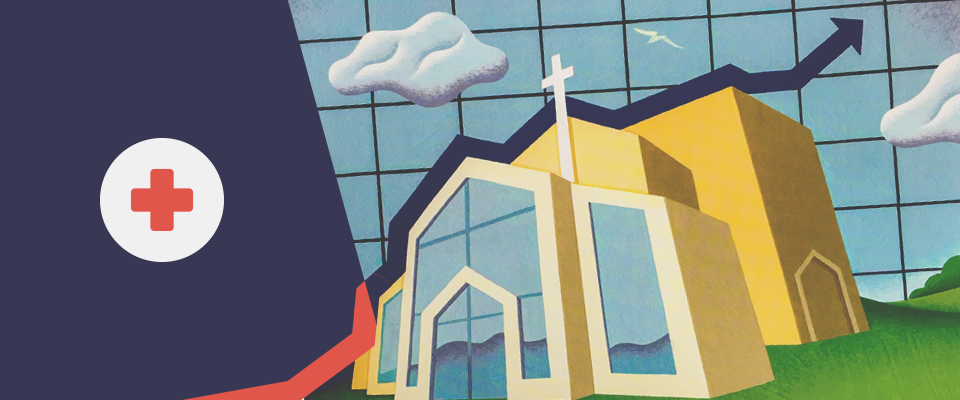We live in a time where things can quickly be deemed bad or unhealthy, and the news spreads like wildfire with opinions on social media. Often, people make decisions based on emotions and what people are saying around them. While seeking counsel is wise, understanding all the facts for yourself is also a smart choice.
When it comes to debt, we have gravitated towards the perception that all debt is bad. Chris Railey, former Senior Director of Leadership and Church Development for the Assemblies of God and current role as Sr./Lead pastor of The Oaks Church, calls it the Dave Ramsey Effect. In a recent article written for church leaders, he noted, “A debt-averse culture has led to less investments in education, partnerships, and building projects.” His observation is spot-on.
Churches were made to grow and expand in reaching communities for Christ, and sometimes the plan for strategic growth requires financing. The concern is that many pastors are hesitant to leverage debt in accomplishing growth goals, when financing may actually be the right tool.
Before we go any further, let’s break down the definitions of good debt and bad debt.
Good debt is an investment that will grow in value or generate a return or desired result. The investment community refers to it as leverage – allowing one to increase their return by using debt to invest in a larger asset than one’s cash on hand would allow. For instance, financing the expansion of church facilities can be good debt, as it accommodates growth and increases the value of an appreciating asset – the property. The return on the investment can be both financial, with more tithes/offerings, and eternal, with a greater harvest for the kingdom of God.
Bad debt can be defined as debt incurred to purchase things that quickly lose value with little to no return. There are many items in the church world where debt should not be used. For instance, items with a short shelf life (like food products) or even furnishings within the church should be purchased with cash when possible. Make sure to budget for these items. If you know of larger expenses coming in the future, you may have time to grow your church’s cash reserves or raise the funds internally to cover the costs.
If your church is growing and you decide to pursue financing to accomplish your ministry vision, make sure only to take on enough financing to meet the need while staying within the church’s ability to service the debt. Here are some additional resources to empower you in this process:
• When considering lending options, check out this free white paper on 5 Steps When Looking for a Church Loan.
• When choosing the right lending partner, here’s what other pastors like you recommend.
• Wondering how to be qualified for a church loan? Read this article.



